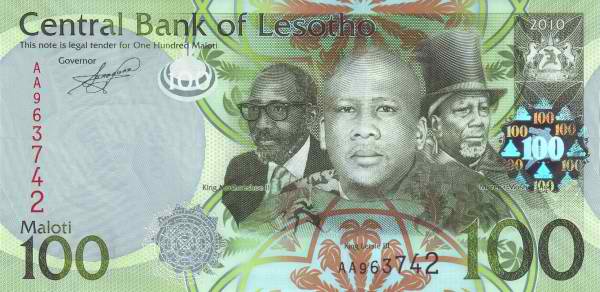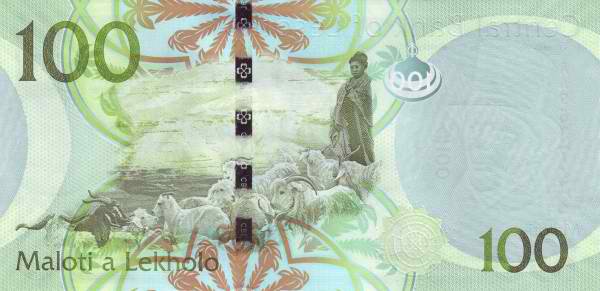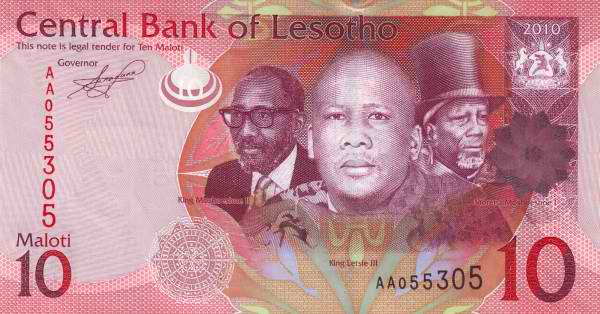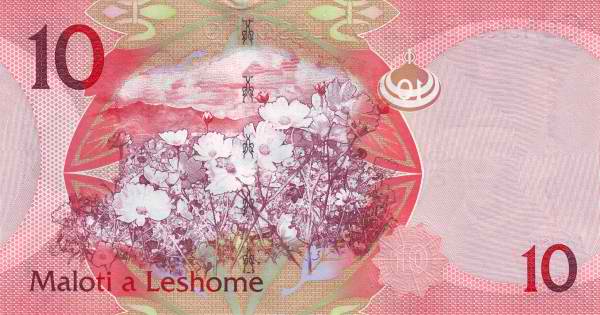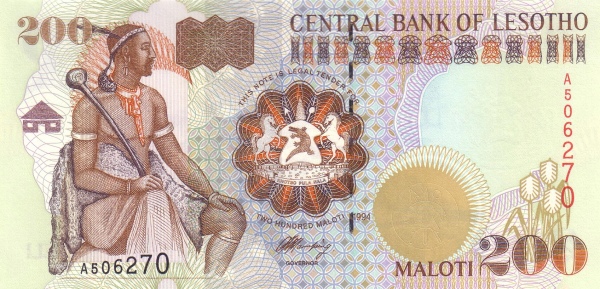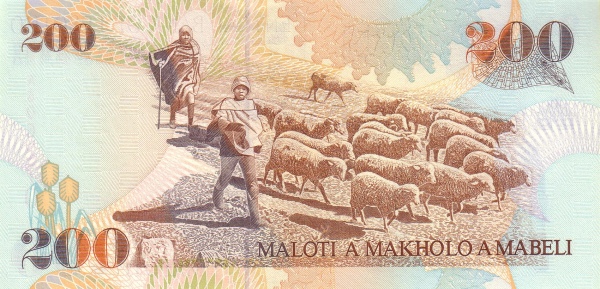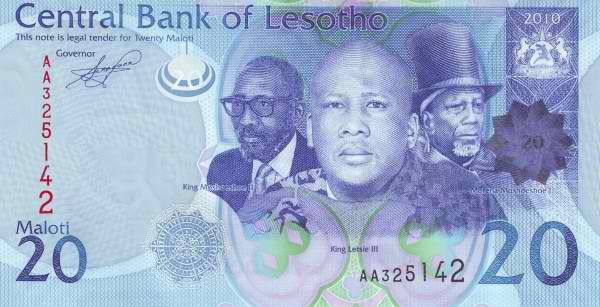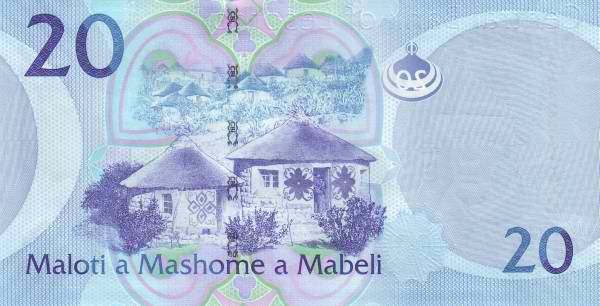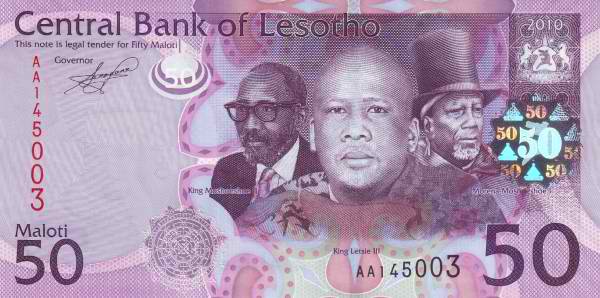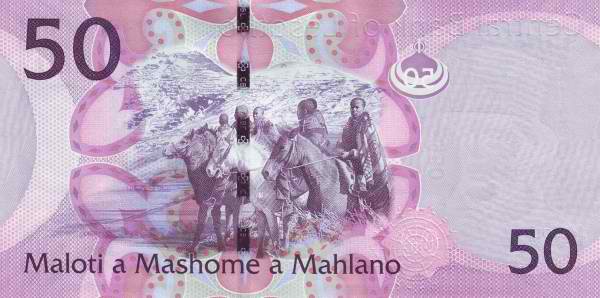Discovering Lesotho: A Jewel in Southern Africa
Nestled in the heart of Southern Africa, Lesotho captures the imagination of travelers and adventurers alike. This landlocked nation, entirely surrounded by South Africa, showcases breathtaking mountains, rich culture, and a unique heritage. As you explore Lesotho, you will discover its vibrant art scene, warm-hearted people, and fascinating history. Whether you're drawn by the rugged terrain or the local traditions, Lesotho offers an experience that's both enriching and unforgettable.
A Glimpse into Lesotho’s Government
Lesotho operates under a modified constitutional monarchy, where the king plays a significant role alongside an elected parliament. This system, established after gaining independence on 4 October 1966, has helped shape the nation’s political landscape. For nearly a century prior to independence, Lesotho fell under British protection, influencing its governance structure and legal framework. As a result, the country balances traditional monarchic elements with modern democratic practices.
Geography and Climate: The Natural Splendor of Lesotho
When it comes to geography, Lesotho boasts a diverse and captivating landscape. Covering an area of 30,355 square kilometers (11,718 square miles), the country features high veld, plateaus, and stunning mountain ranges, including the famous Maloti Mountains. The elevated topography contributes to a temperate climate characterized by hot summers and chilly winters. Notably, the rainy season occurs during the summer months, with winters remaining dry and cool. In this unique environment, noticeable variations in temperature occur between day and night, providing a refreshing climate year-round.
Flora and Fauna in Lesotho
Amidst its magnificent landscapes, Lesotho is home to extraordinary biodiversity. The country supports numerous plant species and wildlife, particularly in protected areas like the Sehlabathebe National Park. Here, endemic species flourish, and visitors can engage in eco-tourism activities while exploring this rich natural habitat. Moreover, the cultural significance of nature plays an essential role in the traditions of the Basotho people, intertwined with their spirituality and way of life.
The People of Lesotho: An Inviting Community
The people of Lesotho, known as Basotho, contribute to the nation's rich cultural tapestry. With a population of approximately 2.2 million (as estimated by the UN in 2010), the majority, around 99.7%, identify as Basotho. The nation reflects a harmonious blend of ethnic backgrounds, including approximately 1,600 Europeans and 3,000 Asians. In Lesotho, the official languages are Sesotho and English; however, local dialects such as Zulu and Xhosa also thrive, showcasing the area’s linguistic diversity.
Religious and Cultural Practices
Religion plays a pivotal role in the lives of many Basotho. Approximately 80% of the population practices Christianity, with Roman Catholicism being the most widely followed denomination. Besides exploring its spiritual heritage, visitors can enjoy numerous cultural festivals that take place throughout the year, reflecting the nation’s rich traditions, music, and dance.
The Economy of Lesotho: Resources and Industries
Lesotho's economy relies on several key sectors, including agriculture, textiles, and tourism. The country boasts ample natural resources, such as water, agricultural land, and minerals, including some diamonds. Furthermore, Lesotho has gained a reputation as an exporter of excess labor, with many Basotho seeking employment opportunities in neighboring countries. Agricultural products, particularly corn, wheat, and livestock, form a vital part of the economy, while small-scale farming sustains many families.
Trade Relations and Economic Partnerships
In terms of trade, the United States stands as Lesotho's largest export partner, accounting for nearly 97.6% of its exports, followed by Canada and France. On the other hand, Lesotho imports goods primarily from Hong Kong, Taiwan, and China, creating a diverse trading landscape. This interdependence highlights the importance of international relations and trade for economic sustainability within Lesotho.
Tourism in Lesotho: An Experience Awaiting
Tourism emerges as a vital component of Lesotho's economy, drawing visitors from all over the globe to explore its natural wonders and cultural heritage. Adventure seekers frequently flock to Lesotho for activities such as hiking, horseback riding, and cultural tours. The captivating landscapes, including breathtaking mountains and dramatic valleys, present countless opportunities for outdoor enthusiasts.
Cultural Tours and Heritage Sites
As you traverse Lesotho, don't miss the chance to visit historical landmarks and heritage sites. Locations such as Thaba Bosiu, a national monument rich in history, offer insight into the nation’s past. Here, the Basotho king Moshoeshoe I established the kingdom in the early 19th century, a significant cultural landmark. Engaging with local communities through cultural exchanges provides a unique perspective on the Basotho way of life, which remains intact despite modern developments.
Conclusion: Embracing the Essence of Lesotho
In summary, Lesotho stands as a remarkable destination, combining natural beauty with a rich cultural heritage. From its mountainous terrains to its warm and welcoming people, every corner of this unique nation tells a story. By delving into Lesotho’s art, culture, economy, and history, travelers can truly appreciate the essence of this enchanting country. So, pack your bags and embark on a journey to Lesotho, where adventure and discovery await.
Largest cities of: Lesotho
| City Name | Population | Year of foundation | |
| Maseru | 227,880 | 1869 | |
| Teyateyaneng | 105,900 | circa 1860 | |
| Leribe | 93,500 | 1869 | |
| Hlotse | 92,000 | 1834 | |
| Mohale's Hoek | 40,000 | 1869 | |
| Quthing | 35,000 | 1858 | |
| Qacha's Nek | 25,000 | 1868 | |
| Mokhotlong | 6,000 | 1884 |
Lesotho: Money
